Rice is the staple food for many Asian communities including the Japanese; as a standalone dish like sushi or fried rice, or basic staple in teishoku meals, or dessert like mochi or dango, or even snacks like senbei. There are many ways to enjoy this simple yet flexible grain.
Table of Contents
- Rice, The Staple Food in Japanese Diet
- Types of Rice in Japan
- Average Cost of Rice
- Rice Products and Common Dishes
- Takeaway
Writer's Pick
Rice, The Staple Food in Japanese Diet
A Japanese meal would not be complete without a warm bowl of rice. It gives you that feeling of fullness, and it tastes good paired with almost if not all main and side dishes. Rice is called gohan ごはん in Japanese. ご飯 also means meal in Japanese, which goes to show how important rice is that it is synonymous with meal in Japan.
History of Rice in Japan
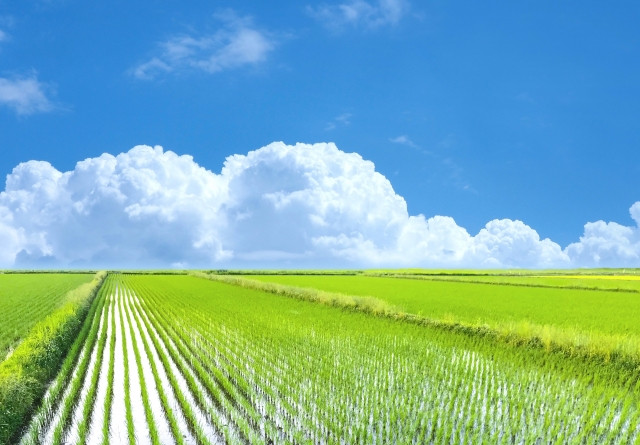
There was evidence of Japonica rice existence in Japan around 300 B.C and it is believed that rice farming was brought to Japan by Korea and China, where this rice variety is mainly cultivated. Since its introduction to Japan, rice has become an important part of every meal, served as traditional breakfast, lunch and dinner. Many other dishes and products are prepared using rice as the chief ingredient.
In 2016, the Toyo Rice Corporation achieved a Guiness World Record for the World's Most Expensive Rice. Their produced rice cost about 11,304 yen for a kilogram and it also won the World's Best Rice award during the 2015 International Contest on Rice Taste Evaluation.
※ Savor Japan, "The History and Culture of Rice Cuisine in Japan" ※ Guinness World Records, "Most expensive rice"
Japanese Rice Characteristics
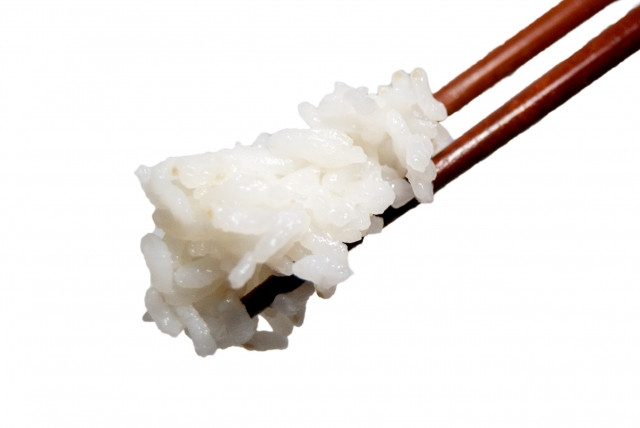
Stickiness is the distinct characteristic of Japanese rice. This is why sushi made with Japanese rice is always superior to other types of rice used. The stickiness of the rice makes it clump together, which makes eating with chopsticks all the more easier. Additionally, rice eaters from other countries also note that Japanese rice is sweeter.
Types of Rice in Japan
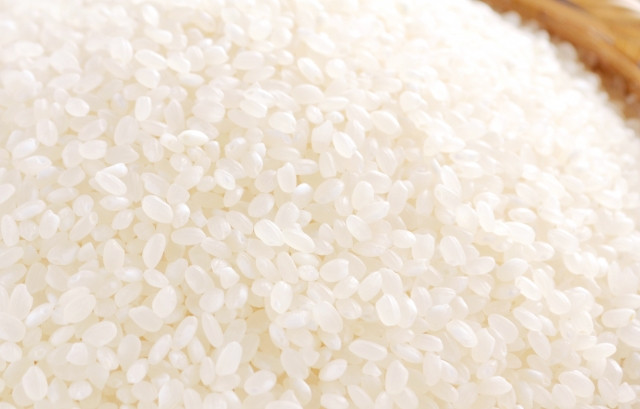
Common Types of Rice in Japan
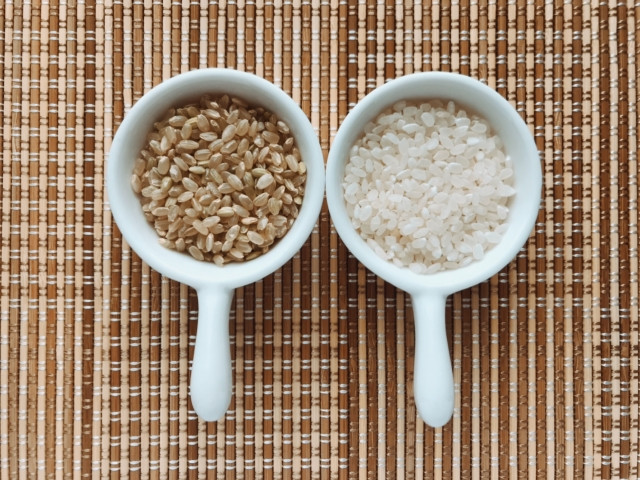
Hakumai 白米 (White Rice) is short grain Japonica rice that has undergone milling and polishing for longer shelf life. These processes remove the husk, as well as the bran and germ, producing white grains.
Genmai 玄米 (Brown Rice) is unpolished rice, considered to be healthier than white rice because the outer layer (bran) contains vitamins and minerals.
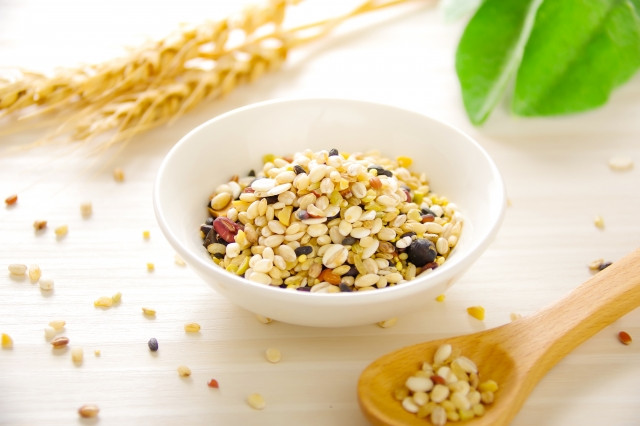
Zakkokumai 雑穀米 (Multigrain Rice) is white rice mixed with various grains including anything from barley, sesame seeds, millet, genmai, wheat, and more. Usually the ratio is 1 cup (150g) white rice to 1 tablespoon (15g) multi grain.
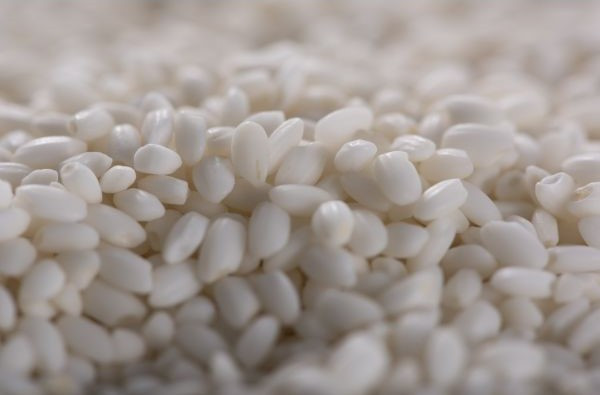
Mochigome 糯米 (Glutinous Rice) has short round grains that when cooked becomes a lot stickier than hakumai because of its high starch content.
Rice from Different Prefectures
Climate suitability is paramount in cultivating delicious rice, which is why depending on which region / prefecture the rice was grown affects its quality. These are the prefectures famous for rice:
-
Niigata
-
Fukushima
-
Akita
-
Miyagi
-
Hokkaido
Average Cost of Rice
In Japan, they have a standard in determining the cost of a rice by finding out its quality, scarcity, and how it was processed. The Japan Grain Inspection Association are the ones responsible for these standards and in analyzing rice produced in Japan.
Last 2018, the Japan Grain Inspection Association gave 55 Japanese rice brands their highest rating of Special A. Some of these are:
• Niigata Prefecture's Uonumma & Sado Koshihikari
• Fukushima Prefecture's Aizu & Hamadori Koshihikari
• Akita Prefecture's Kennan Akitakomachi
• Miyagi Prefecture's Hitomebore
※ Businesswire, "Rice Grown in Fukushima Prefecture Earned the Most Top Rankings in Taste Competitions in Japan in 2018 for the Second Year in a Row!"
In Tokyo, a kilo of white rice costs between 300 to 500 yen depending on the brand. Compared to cities like South East Asia, rice sold in Tokyo can cost up to and about 80% more.
Despite the high quality of rice in Japan, its high price in the market makes it unconventional for many supermarkets and restaurants in Japan to sell. As of 2020, Japan's rice imports consists of 57% U.S. rice imports, 26% Thailand rice imports, and 1.37% from other Asian countries.
※ TrendEconomy, "Japan | Imports and Exports | World | Rice | Value (US$) and Value Growth, YoY (%) | 2009 - 2020"
Household Consumption of Rice
The average rice consumption per individual in Japan was 118.3 kg annually and it has been decreasing ever since 1960. In 2005, it dropped to 61.4 kg, almost 50% less than before. In contrast, there was an increase in consumption of fats and oils, meat, milk and dairy products as Japanese adapted to Western food or easy to prepare food such as bread and noodles, especially for breakfast and on busy days. Also, more people are becoming health conscious and follow a no-rice diet to decrease carb intake.
※ Ministry of Agriculture, Forestry and Fisheries (MAFF), "Annual Report on Food, Agriculture and Rural Areas in Japan FY2006" p.13, " Food Supply and Demand(EXCEL)"
Clarification: Japanese Rice ≠ Sticky Rice
In Japan, there are 2 basic varieties of the Japonica rice which are:
• Uruchimai, or Japanese short grain rice, is the white rice during regular meals
• Mochigome, or Japanese glutinous rice, is the rice for wagashi like mochi and dango
Both of these rice varieties are sticky which is why foreigners confuse them to be the same type. However, the true sticky rice is actually Mochigome, it is actually much stickier than Uruchimai.
Rice Products and Common Dishes
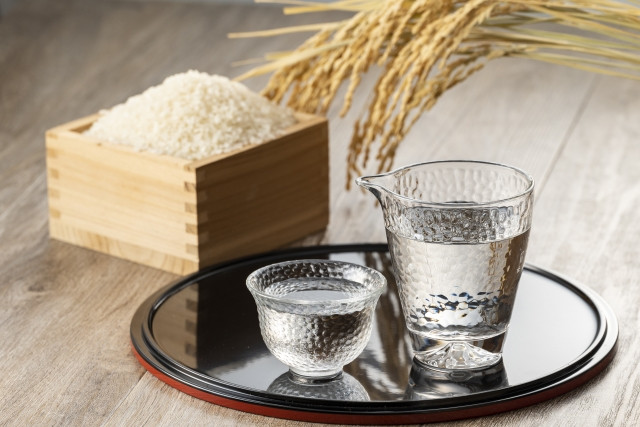
Sake and Vinegar
Nihonshu 日本酒 or Sake 酒 (Rice Wine) is a Japanese alcoholic drink that is prepared through fermentation. It is quite strong with a high alcohol content of 18 to 20 percent. Sake is a great accompaniment to many dishes, it can also be used for cooking to add flavour.
Japanese have used rice to manufacture their vinegar since the Edo Period. It has low acid content, antibacterial properties, boosts energy and helps alleviate fatigue, and increases appetite. Rice vinegar is widely used in Japanese cuisine because of its sweet and tangy flavor with a mild acidity. It can be used for pickling foods, salad dressings, and for flavoring sushi rice. The usual rice vinegars sold in Japan are light in color. The darker variation is consumed as a health drink.
Rice-based Dishes
Japan has been innovative in producing various standalone meals with rice as the main actor. These are some common but beloved rice dishes to try:
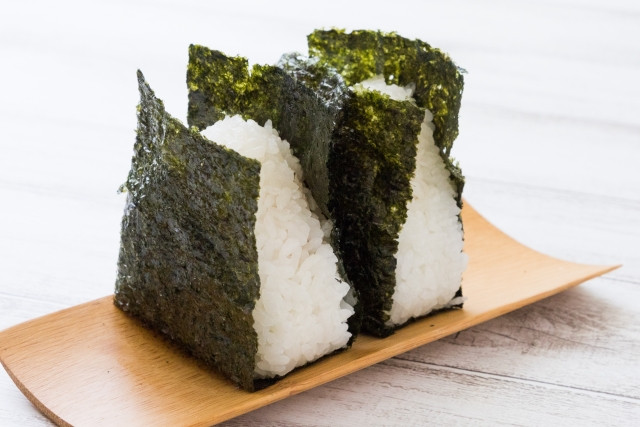
Onigiri おにぎり is a rice ball. It is simply cooked rice shaped into a ball or triangular shape. Onigiri is a very versatile dish as it can incorporate many other ingredients. Once you have cooked the rice, let it cool down a little. Wet your hands with a pinch of salt for flavouring, then start moulding. Tuna mayo, salmon flakes, okaka, umeboshi are some common ingredients to add in the centre. Finish it off with a seaweed wrapping. (Many of the ones sold in Japan are triangle shaped, not necessarily a ball. But at home, making a round shape is much easier.)
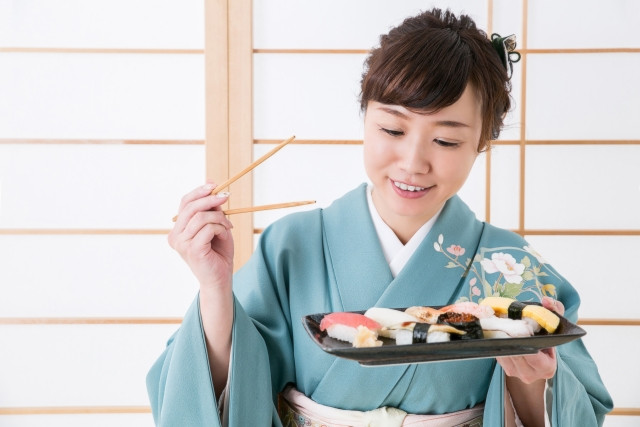
Sushi 寿司 is sushi vinegar seasoned rice shaped into a short oblong shape. Top it with raw fish and it becomes nigiri sushi; stuff it into a tofu pouch and it becomes inarizushi; wrap around it with a small piece of seaweed and top with ingredients and it becomes gunkan.

Chazuke 茶漬け is rice in green tea, dashi 出汁, or hot water with toppings of your choice. Common toppings are shredded nori, tsukemono (pickled vegetables), salmon flakes, bonito flakes, and others.
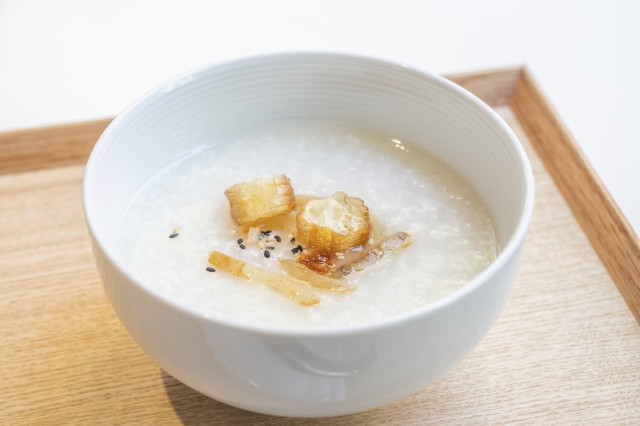
Okayu お粥 is Japanese porridge. Common toppings are green onions, umeboshi or tsukemono.
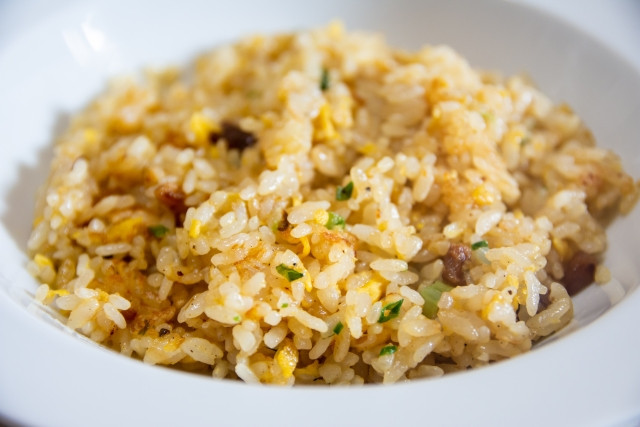
Chahan チャーハン is fried rice. It is a Chuuka 中華 dish which means it is Chinese inspired.
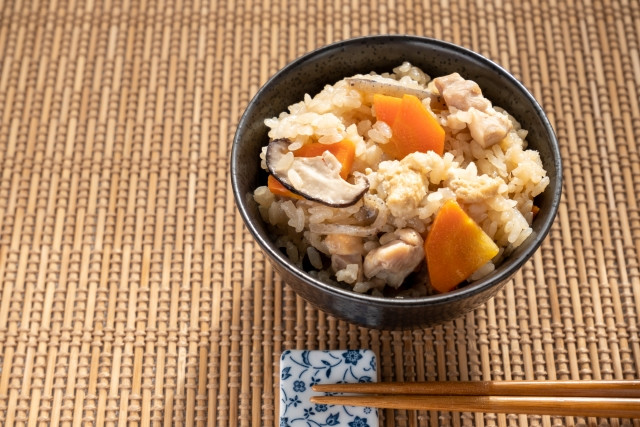
Takikomi Gohan 炊き込みご飯 is Japanese mixed rice. It involves cooking rice together with a bunch of ingredients to create flavourful seasoned rice. For a recipe, visit this article and scroll down: Japan Culture: Get Cooking with Japanese Vegetables
Takeaway
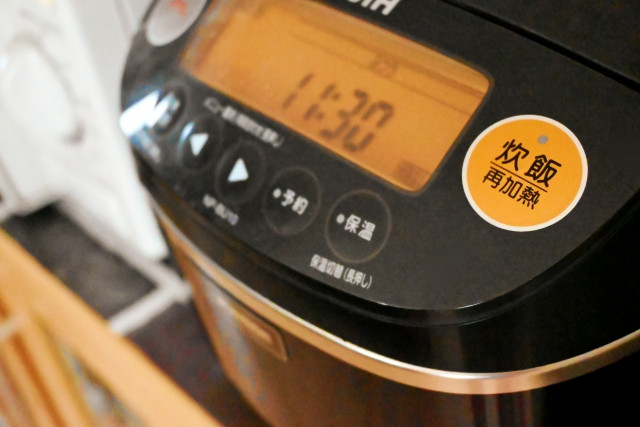
For centuries, rice has been a huge part of Japanese culture and more importantly the local’s daily lives. Many Japanese cannot imagine going a week of their lives without rice. Aside from the many rice dishes we’ve mentioned above, there’s lots more we’ve yet to mention like omurice, TKG (tamago kake gohan), sekihan, donburi, and more. Not to mention the rice drinks and desserts, as there’s just too many to try!







 (2).png)


























